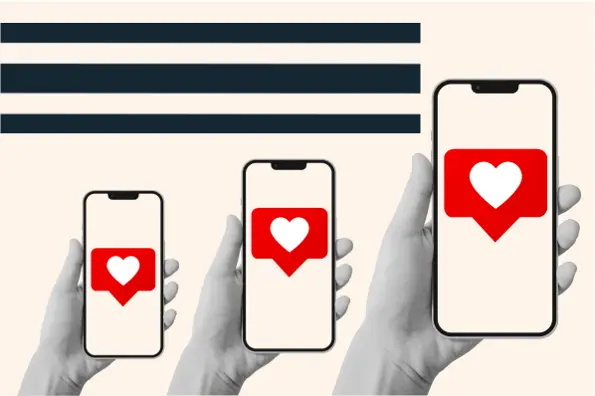THE NOTHING CLUB
When cops show up at 15-year-old Grady’s house asking about the wildfire resulting from fireworks the night before, he immediately confesses. His own father died fighting a fire—a tragedy that Grady feels guilt around, due to regrets about the last words he said to his father on that terrible day five years earlier. Grady, who presents white, is assigned to community service where he meets maintenance man Reg, his down-to-earth supervisor, who encourages the teens to meditate. Biracial (Cambodian and implied white) Tattoo Girl “wears attitude,” lived on the streets, and is trapped in an unhealthy relationship. Animal-loving Free Throw, who has “bronze skin,” takes care of his eight siblings and is dedicated to his Catholic faith. Science-minded Nikki, who’s coded white, is only 14 and already attending university; she feels immense pressure from her scientist parents. The teens bring their different backgrounds to the table as they work on their service projects, often engaging in discussions around spirituality and interconnectedness. The conversational topics at times feel forced, pushing the novel toward didacticism. Still, as the characters face increasingly dire situations during their summer together, they surprise themselves with how much they’ve learned about friendship, self-acceptance, and forgiveness.


When cops show up at 15-year-old Grady’s house asking about the wildfire resulting from fireworks the night before, he immediately confesses. His own father died fighting a fire—a tragedy that Grady feels guilt around, due to regrets about the last words he said to his father on that terrible day five years earlier. Grady, who presents white, is assigned to community service where he meets maintenance man Reg, his down-to-earth supervisor, who encourages the teens to meditate. Biracial (Cambodian and implied white) Tattoo Girl “wears attitude,” lived on the streets, and is trapped in an unhealthy relationship. Animal-loving Free Throw, who has “bronze skin,” takes care of his eight siblings and is dedicated to his Catholic faith. Science-minded Nikki, who’s coded white, is only 14 and already attending university; she feels immense pressure from her scientist parents. The teens bring their different backgrounds to the table as they work on their service projects, often engaging in discussions around spirituality and interconnectedness. The conversational topics at times feel forced, pushing the novel toward didacticism. Still, as the characters face increasingly dire situations during their summer together, they surprise themselves with how much they’ve learned about friendship, self-acceptance, and forgiveness.
















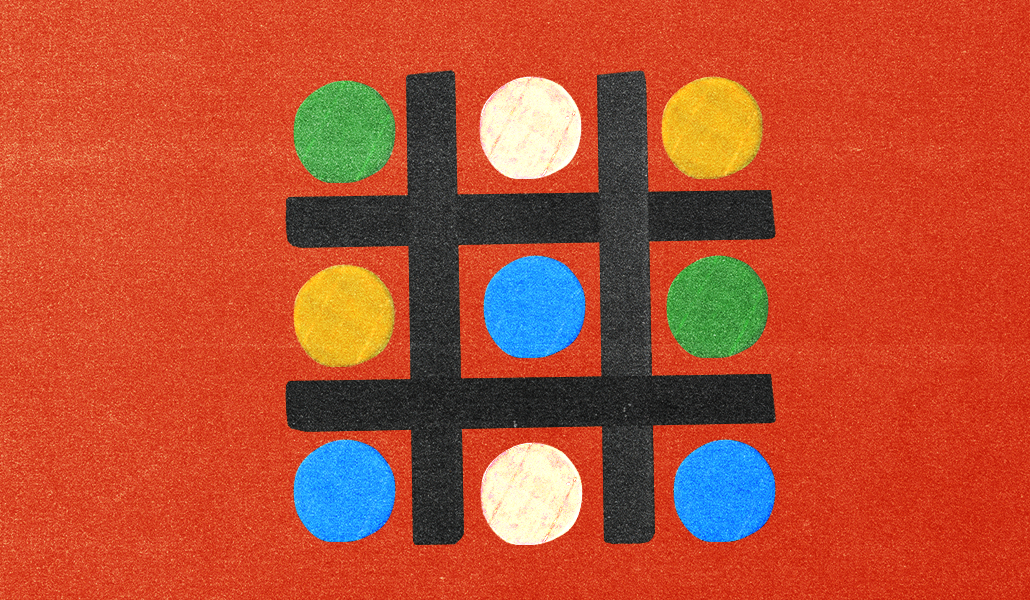


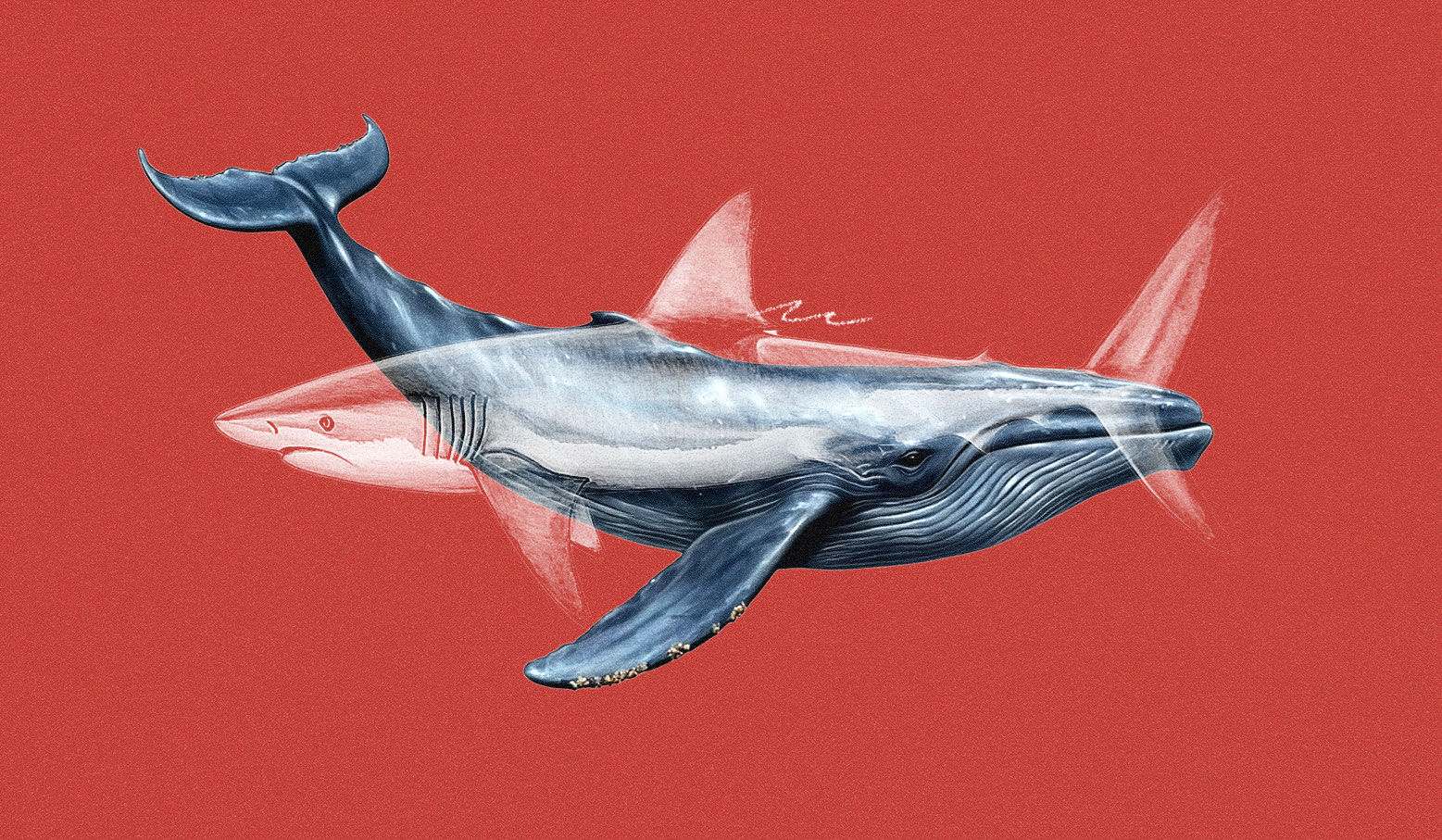

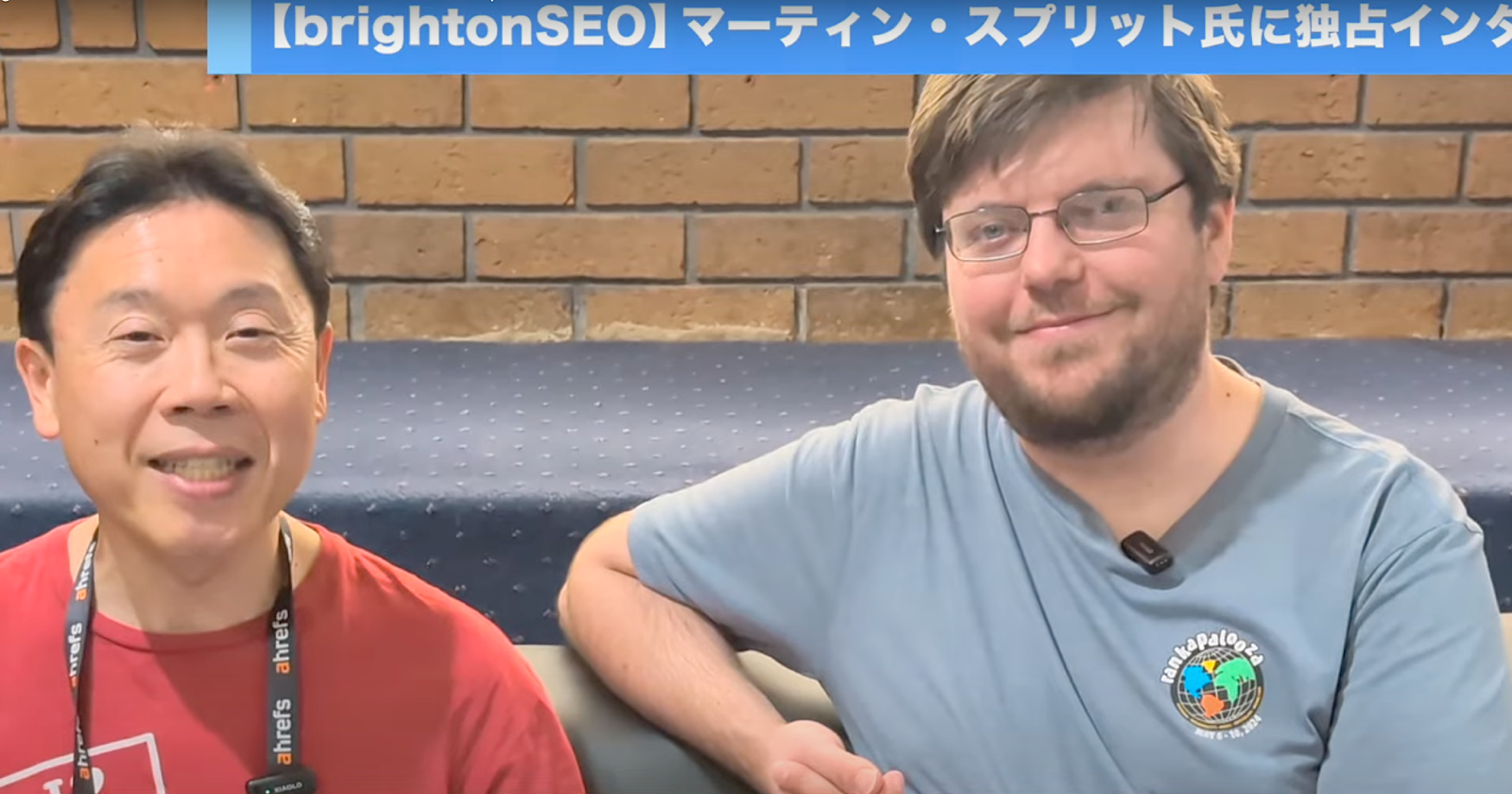


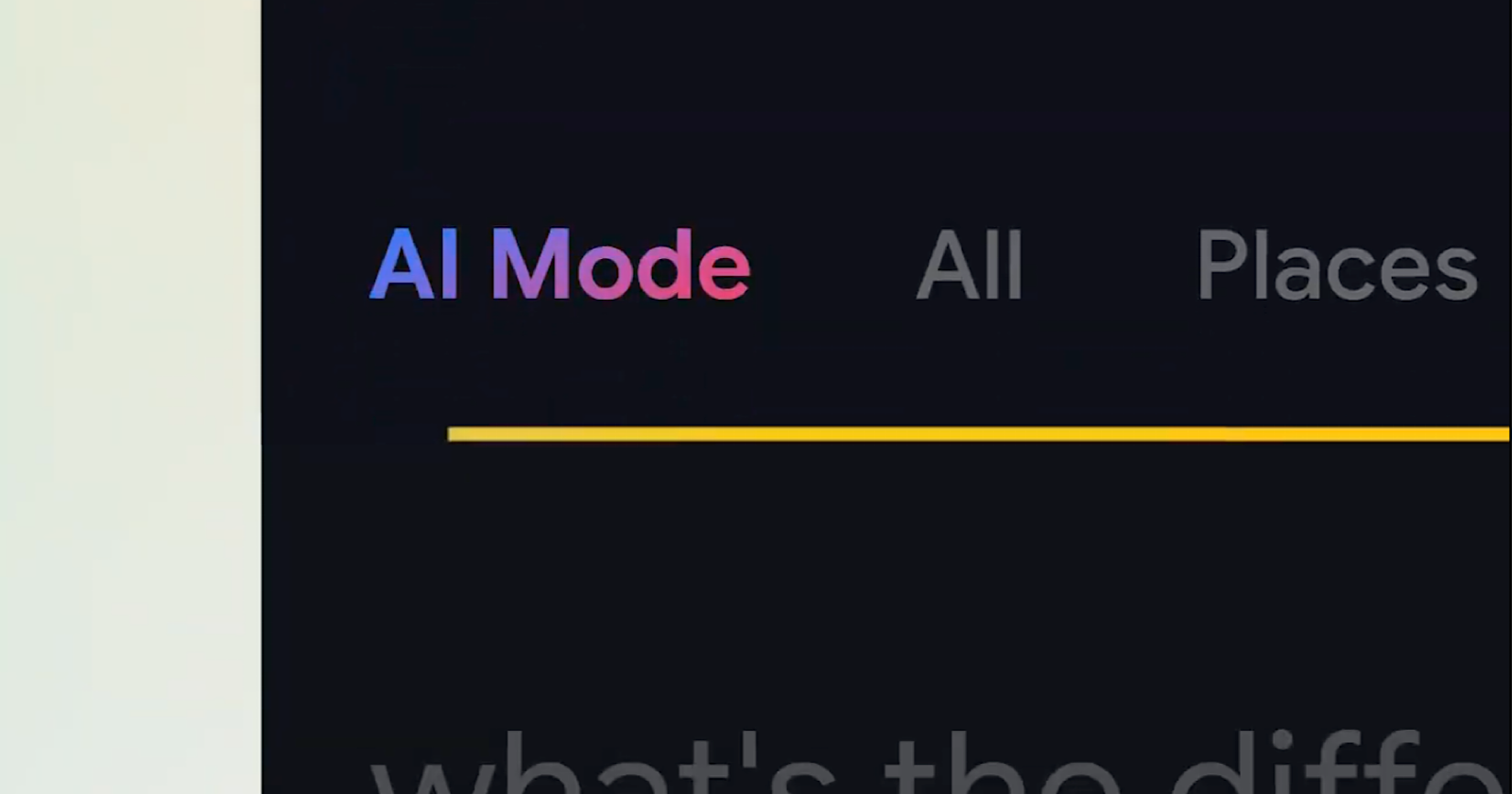




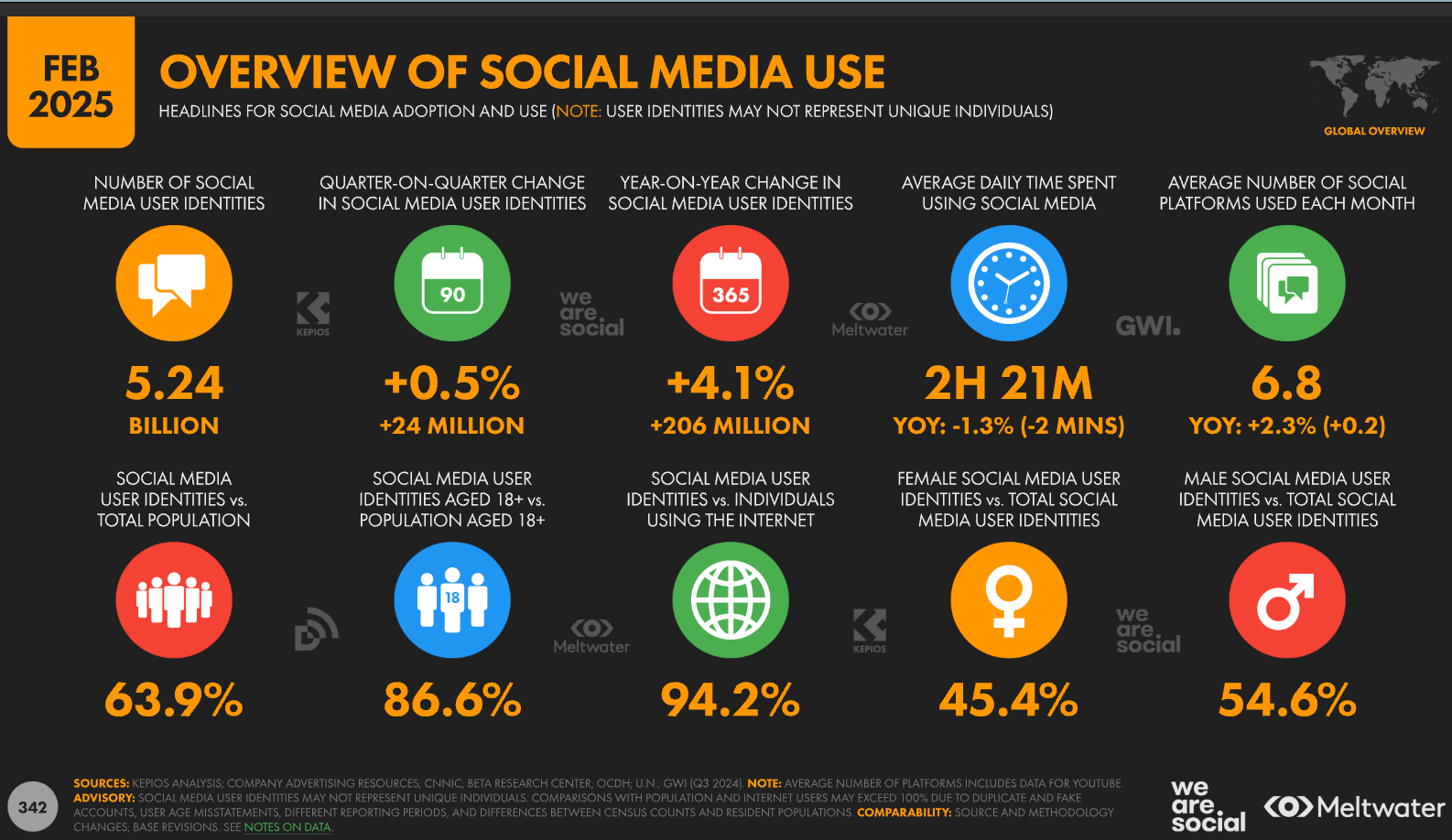
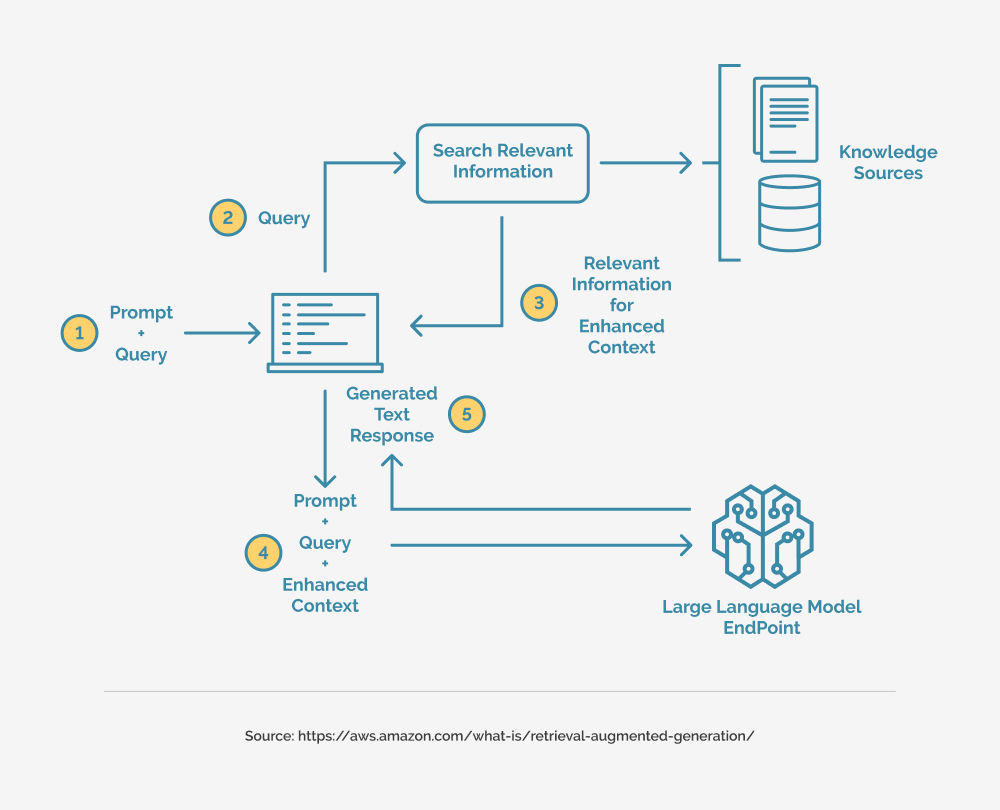














![The 11 Best Landing Page Builder Software Tools [2025]](https://www.growthmarketingpro.com/wp-content/uploads/2024/04/best-landing-page-software-hero-image-1024x618.png?#)

































![What Is Generative Engine Optimization [Tips & Workflows To Do It]](https://moz.com/images/blog/banners/What-Is-Generative-Engine-Optimization-Tips-Workflows-To-Do-It-1.png?auto=compress,format&fit=crop&dm=1745607929&s=6f75f1f02c531af0f80acb12517c8bab#)















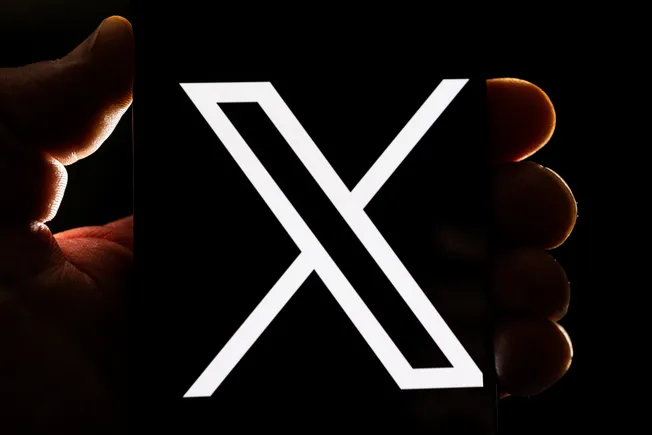


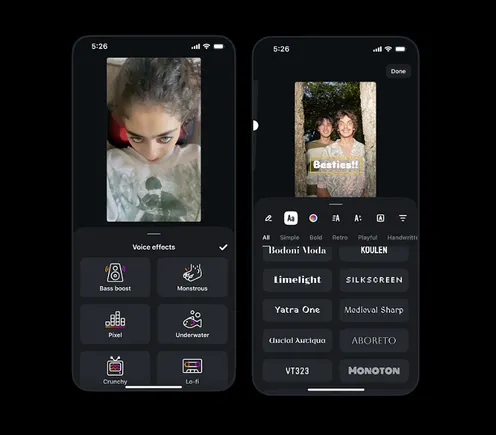



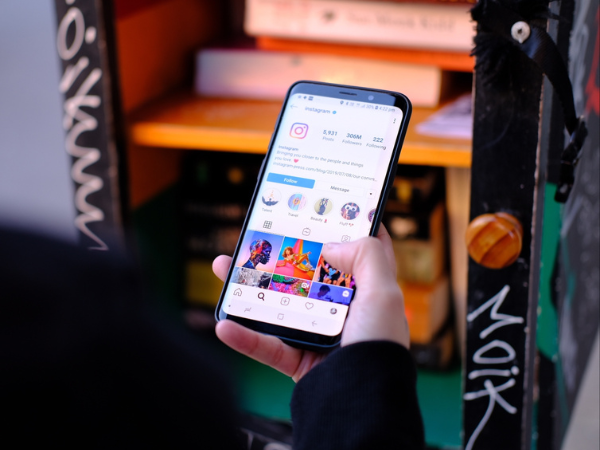





![Social media image sizes for all networks [May 2025]](https://blog.hootsuite.com/wp-content/uploads/2023/01/Social-Media-Image-Sizes-2023.png)





